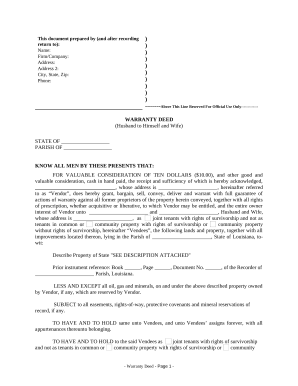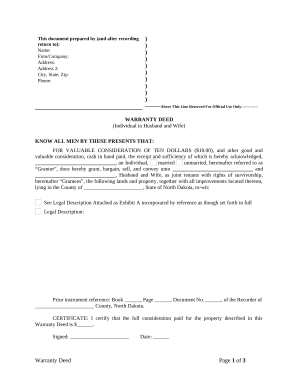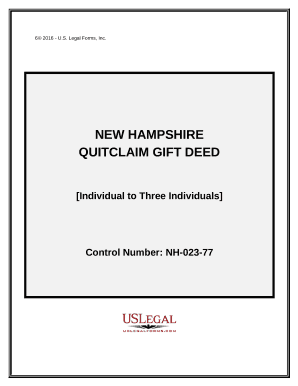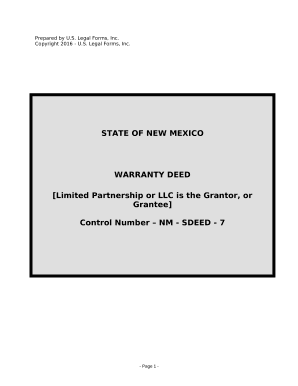





Speed up your file administration with the US Real Estate Ownership Transfer category with ready-made templates that meet your needs. Access the document template, edit it, complete it, and share it with your contributors without breaking a sweat. Start working more effectively together with your documents.
The best way to manage our US Real Estate Ownership Transfer:
Discover all the opportunities for your online file administration with the US Real Estate Ownership Transfer. Get a totally free DocHub profile right now!